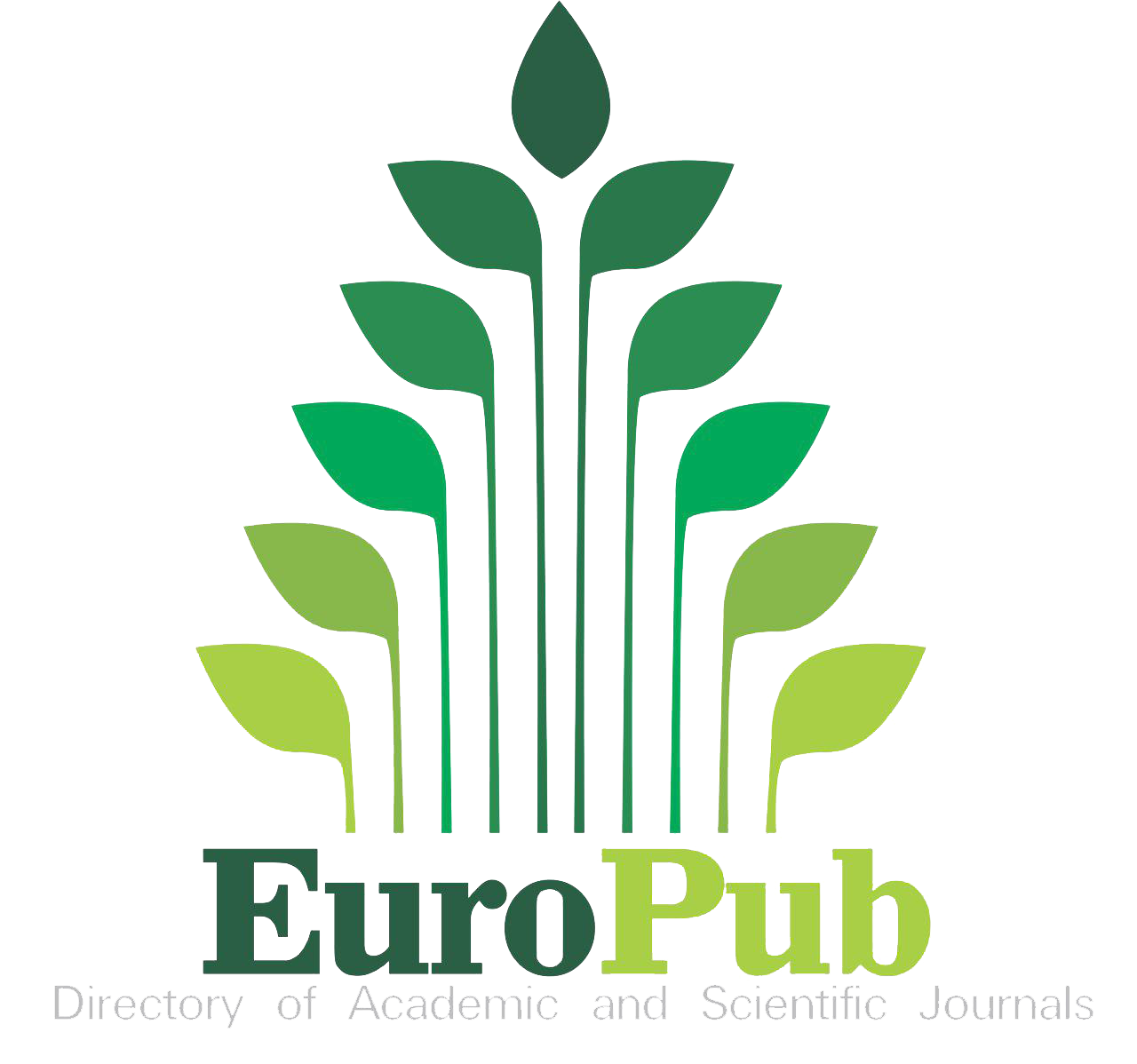DEVELOPMENT OF NECTAR SUPPLEMENT FOR DEARTH PERIOD MANAGEMENT OF HONEYBEES (APIS MELLIFERA LINNAEUS) COLONIES IN FOOTHILLS OF SHIVALIK RANGE OF HIMALAYAS
Keywords:
Fruit, Banana, Papaya, Grapes, GuavaAbstract
Syrup containing fruits was evaluated as a diet supplement to develop an efficient and cheap nectar supplement.
Bees were provided by the 4 syrup viz., T 1 Banana, T 2 Papaya, T 3 Grapes, and T 4 Guava and compared with T 5 Sugar
to determine their impact on desirable attributes of colonies. Results indicated that, the % palatability of banana
and papaya were 100% in both the years. A gradual increase in brood area (sqcm), honey store (sqcm), pollen
store (sqcm) and foraging activity (forager/minute) were observed, which were maximum in banana (brood area
768.00, 774.00; honey stores 836.33, 856.00; pollen store 329.00, 335.33 with 18.33, 20.33 respectively)
followed by papaya (brood area 733.00, 741.67; honey store 822.33, 845.00; pollen store 313.00, 318.67 with
16.66, 18.67 respectively), sugar (brood area 680.00, 683.00; honey store 799.00, 804.67; pollen store 298.67,
304.33 with 16.66, 17.33 respectively ), and grapes ( brood area 612.00, 615.67; honey store 734.67, 746.67;
pollen store 282.67, 290.00 with 11.66, 11.67 no. of forager/minute respectively). All desirable parameters were
found to be least in guava. So, among the evaluated fruits banana was the best nectar supplement followed by
papaya which reduce the cost of feeding by more than 35% and 50% respectively.

















